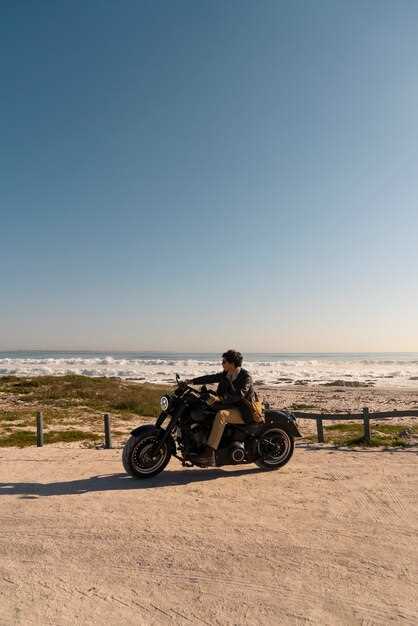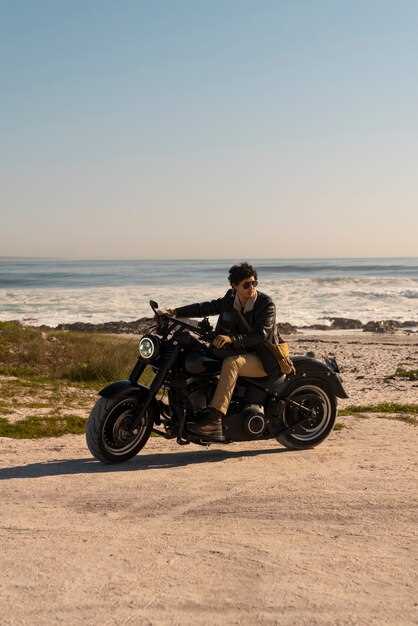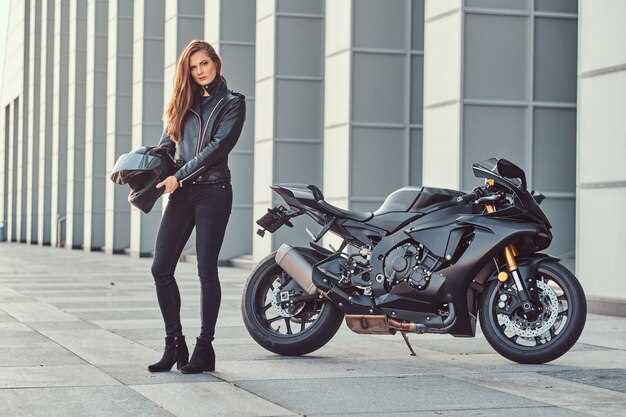

The world of touring motorcycles is a vibrant blend of comfort, performance, and innovative technology, designed to enhance the long-distance riding experience. For enthusiasts and casual riders alike, these machines serve as the perfect companions for road trips, offering a harmonious balance between luxury and capability. In this article, we will explore the top touring motorcycles on the market, emphasizing their unique features, comfort levels, and performance benchmarks.
When selecting a touring motorcycle, comfort plays a crucial role, as riders often spend hours in the saddle. Factors such as ergonomic seating, adjustable windshields, and spacious storage capacity directly impact the overall experience on the road. Additionally, performance is equally important, enabling riders to confidently tackle diverse terrains and navigate through varying weather conditions. The right touring motorcycle should inspire confidence, regardless of the distance ahead.
This review will delve into the standout bikes that excel in both comfort and performance, highlighting their specifications and rider testimonials. We aim to provide prospective buyers with insightful information, guiding them in making an informed decision based on their personal preferences and riding styles. Whether you are an adventure seeker or a leisure rider, our comprehensive analysis will help you find the ideal touring motorcycle to match your needs.
Evaluating Ergonomics and Seat Comfort for Long Rides

When embarking on long-distance journeys on touring motorcycles, the importance of ergonomics and seat comfort cannot be overstated. Riders often spend hours atop their bikes, making proper posture, comfort, and support critical for an enjoyable experience.
Ergonomics refers to the design and arrangement of motorcycle components to fit the natural position of the rider’s body. A well-designed motorcycle should provide a relaxed and upright seating position, enabling the rider to maintain control and comfort during extended rides. Key factors to assess include handlebar height, footpeg positioning, and the overall reach required to operate the controls.
The seat is a primary contributor to comfort. Touring motorcycles typically feature larger, more cushioned seats designed to reduce pressure points. Look for seats that provide ample padding and support for the lower back. Some motorcycles offer adjustable seats or optional aftermarket solutions tailored to individual preferences, which can greatly enhance comfort on long journeys.
Additionally, the width and shape of the seat play significant roles. A wider seat can provide more support but may also create discomfort over time if it interferes with leg movement. Conversely, a narrower design may allow for easier maneuverability but could lead to discomfort over extended rides. Therefore, finding a balance that suits your riding style is crucial.
Test rides are invaluable for evaluating ergonomics and seat comfort. Spending several minutes in the saddle before making a purchase allows riders to assess how well the motorcycle conforms to their body. Pay attention to any pressure points or discomfort in the knees, back, or buttocks, as these signals can indicate potential issues during long rides.
The addition of accessories, such as backrests or upgraded seat cushions, can further enhance comfort. Many manufacturers offer tailored solutions that can be added to improve the riding experience. Exploring these options can be worthwhile, especially for those who frequently undertake long-distance tours.
Ultimately, prioritizing ergonomics and seat comfort when choosing a touring motorcycle is vital. A well-fitted bike enhances rider confidence, reduces fatigue, and allows for longer, more enjoyable adventures on the open road.
Performance Specifications: Power, Handling, and Fuel Efficiency

Performance specifications are critical factors that define the overall riding experience of touring motorcycles. The balance between power, handling, and fuel efficiency dictates not only the motorcycle’s capability on varied terrains but also its comfort during long rides.
Power is primarily generated by the engine’s displacement and design. Touring motorcycles typically feature engines ranging from 800cc to over 1800cc. Models like the BMW K1600GT offer inline-six engines that produce upwards of 160 horsepower, providing ample acceleration and effortless highway cruising. Conversely, bikes like the Honda Gold Wing utilize flat-six engines, known for their smooth power delivery, enhancing rider comfort and reducing fatigue on long journeys.
Handling is influenced by several factors, including the motorcycle’s weight distribution, suspension setup, and chassis design. A well-balanced touring motorcycle should allow for easy maneuverability at low speeds while maintaining stability in high-speed scenarios. The use of advanced suspension technologies, such as adjustable preload and damping, contributes significantly to the customability of ride quality based on load and rider preference. For instance, the Yamaha FJR1300 incorporates an electronically controlled suspension that adapts to road conditions in real-time, ensuring optimal handling performance.
Fuel efficiency plays a crucial role in the overall cost and practicality of touring motorcycles. Typically measured in miles per gallon (MPG), fuel economy can vary significantly between models. Motorcycles like the Indian Challenger can deliver around 45 MPG, allowing for extended range without frequent stops at the gas station. Conversely, some high-powered engines may sacrifice fuel efficiency for performance, resulting in lower MPG but greater exhilaration during riding. Manufacturers are increasingly prioritizing fuel efficiency alongside performance, using technology such as variable valve timing and lightweight materials to enhance overall efficiency.
In conclusion, an ideal touring motorcycle effectively harmonizes power, handling, and fuel efficiency. Riders should consider how these elements align with their personal riding style and intended use to choose the best motorcycle for their touring adventures.
Advanced Technology Features: Infotainment and Safety Enhancements
Modern touring motorcycles are equipped with advanced technology features that significantly enhance both rider comfort and safety. Infotainment systems have become a standard in many models, providing connectivity and entertainment options that cater to the needs of long-distance travelers.
Infotainment systems typically include large touchscreen displays that offer navigation, music streaming, and even smartphone integration through Bluetooth. This connectivity allows riders to access navigation apps, control music playlists, and even make phone calls without needing to stop. Advanced voice recognition capabilities facilitate hands-free operation, enabling riders to keep their focus on the road.
In addition to connectivity, GPS navigation features are often embedded within these infotainment systems, providing real-time traffic updates, route recommendations, and points of interest. This integration helps riders discover new routes and avoid congested areas, enhancing the overall riding experience.
Safety enhancements play a crucial role in the advanced technology featured in touring motorcycles. Many models are equipped with Advanced Rider Assistance Systems (ARAS) that include functionalities such as adaptive cruise control, blind-spot monitoring, and collision detection. These features significantly reduce the risk of accidents by alerting the rider to potential hazards and adjusting speed accordingly.
Cornering ABS is another important safety feature that improves braking performance in turns, allowing for greater stability and control during challenging maneuvers. Traction control systems further enhance safety by preventing wheel spin on slippery surfaces, providing added confidence for riders in varying weather conditions.
Overall, the integration of advanced infotainment and safety technologies in touring motorcycles not only offers enhanced comfort and convenience but also contributes to a safer riding experience, making long journeys more enjoyable and secure.






